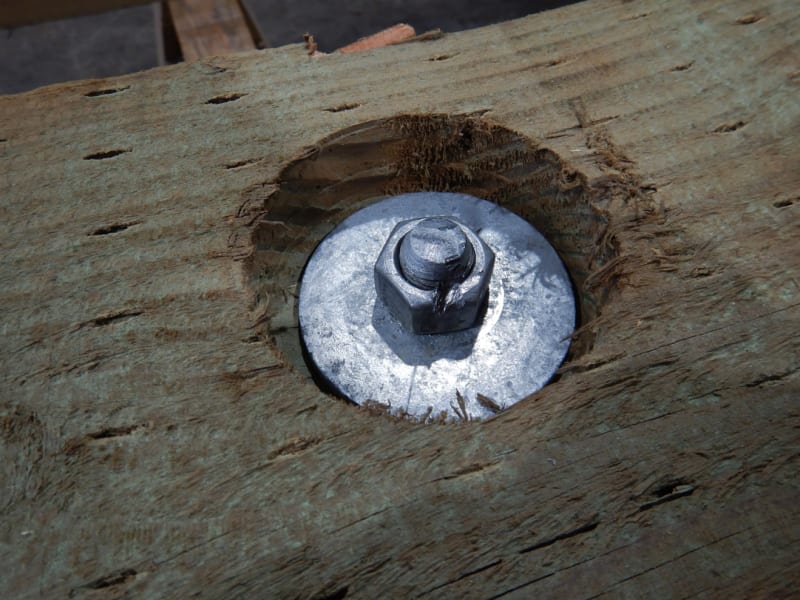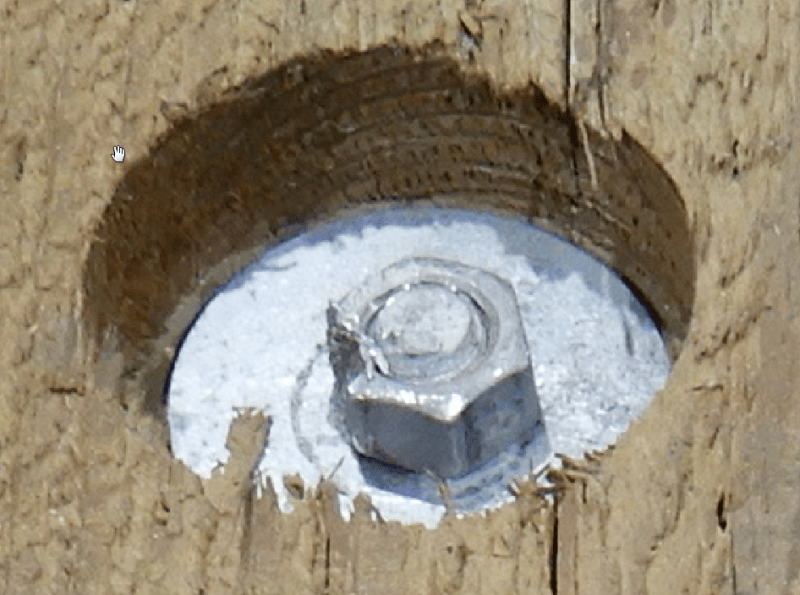Logan82
Structural
- May 5, 2021
- 212
Hi!
The contractor notched the nut and the threaded rod to break the threads to prevent nut loosening. There was no torque, no nut loosening prevention measure in the drawings (not mine). Has anyone encountered this method before? Are there any worries to have with this method or is this even a bonus? The nuts were torqued snug tight. It holds together 2 timber parts.

The contractor notched the nut and the threaded rod to break the threads to prevent nut loosening. There was no torque, no nut loosening prevention measure in the drawings (not mine). Has anyone encountered this method before? Are there any worries to have with this method or is this even a bonus? The nuts were torqued snug tight. It holds together 2 timber parts.



![[bigsmile] [bigsmile] [bigsmile]](/data/assets/smilies/bigsmile.gif)